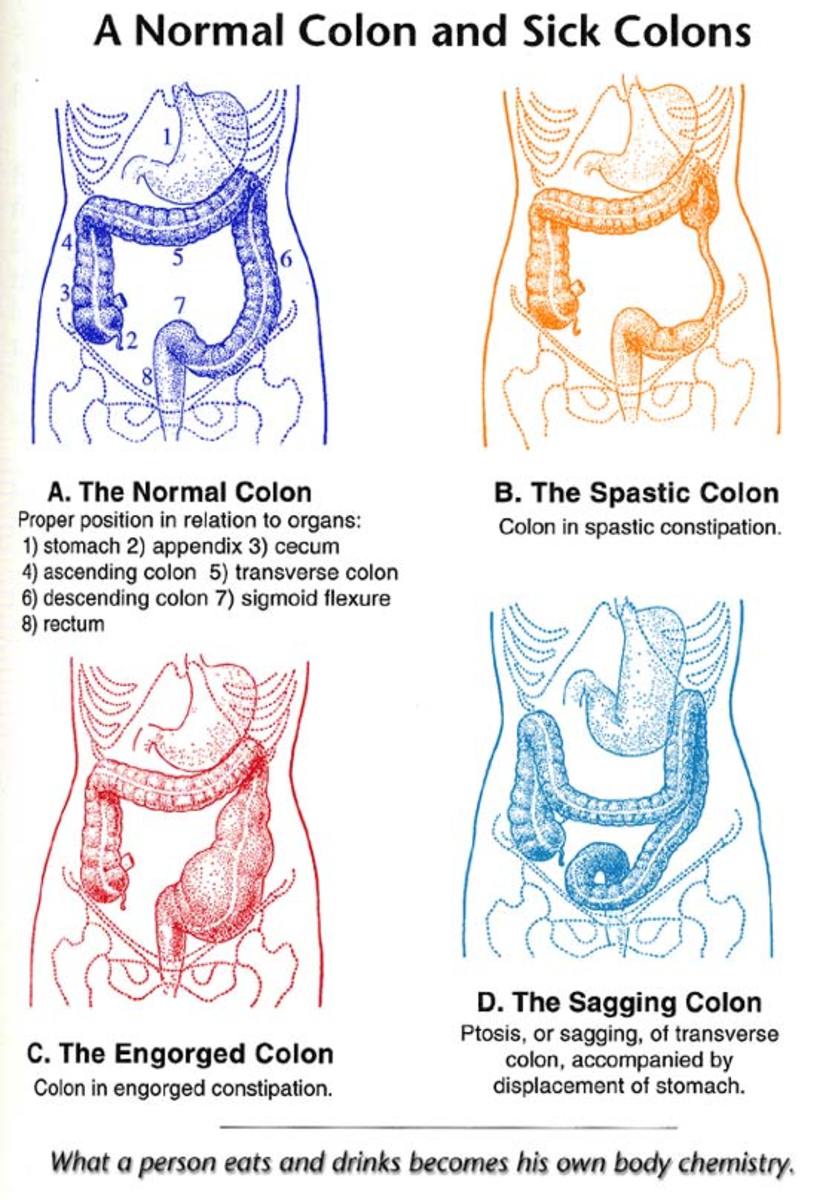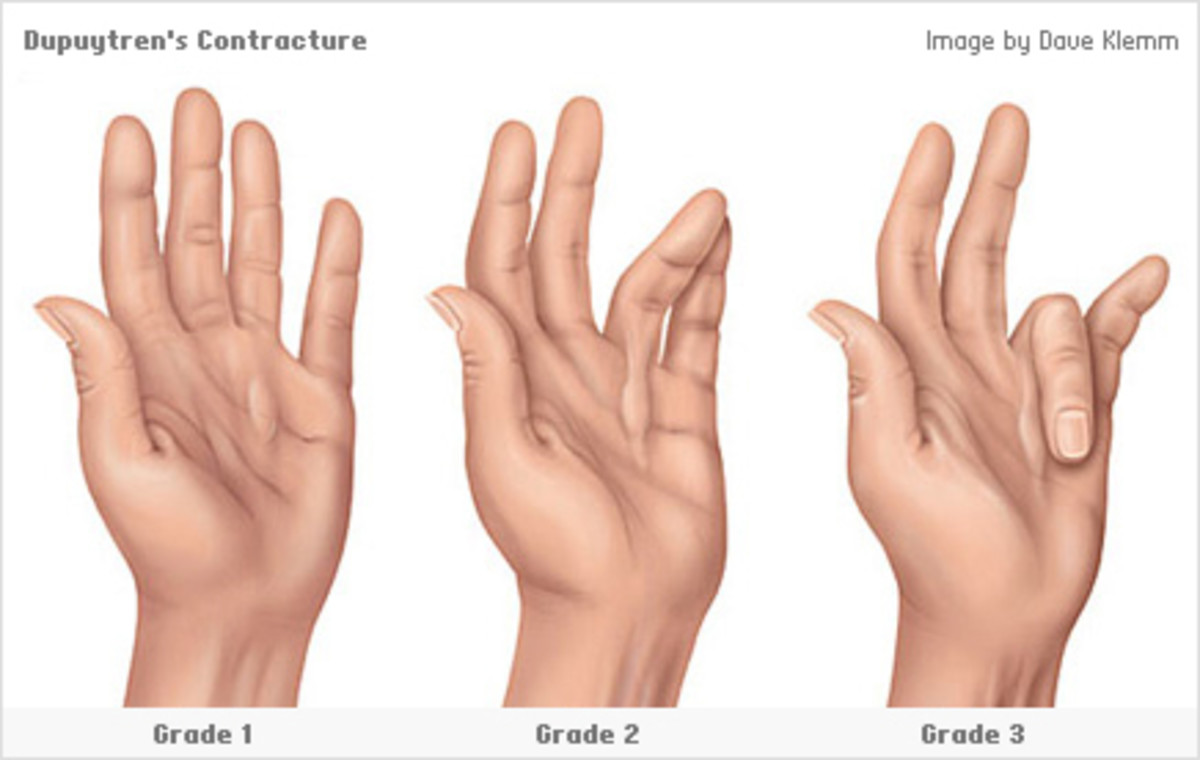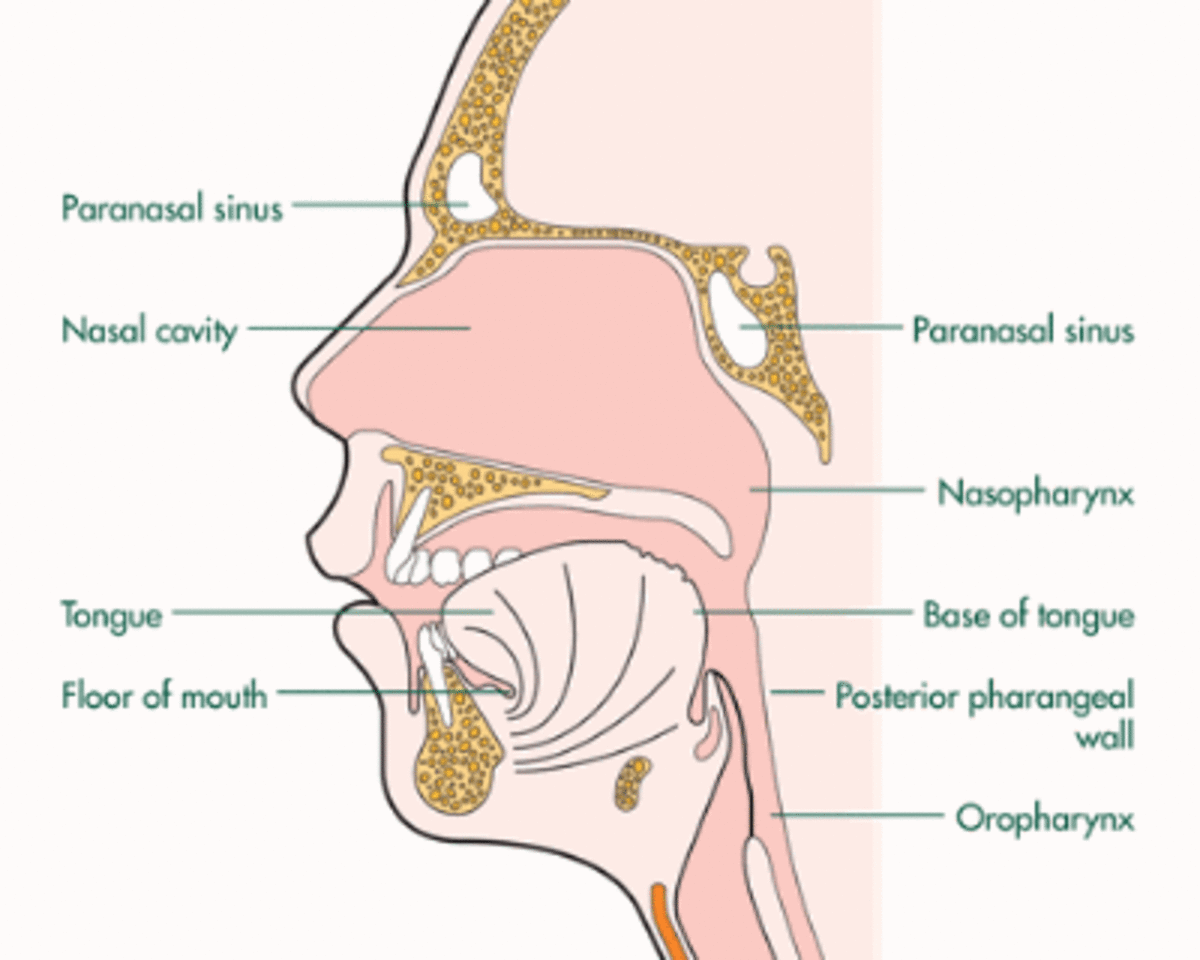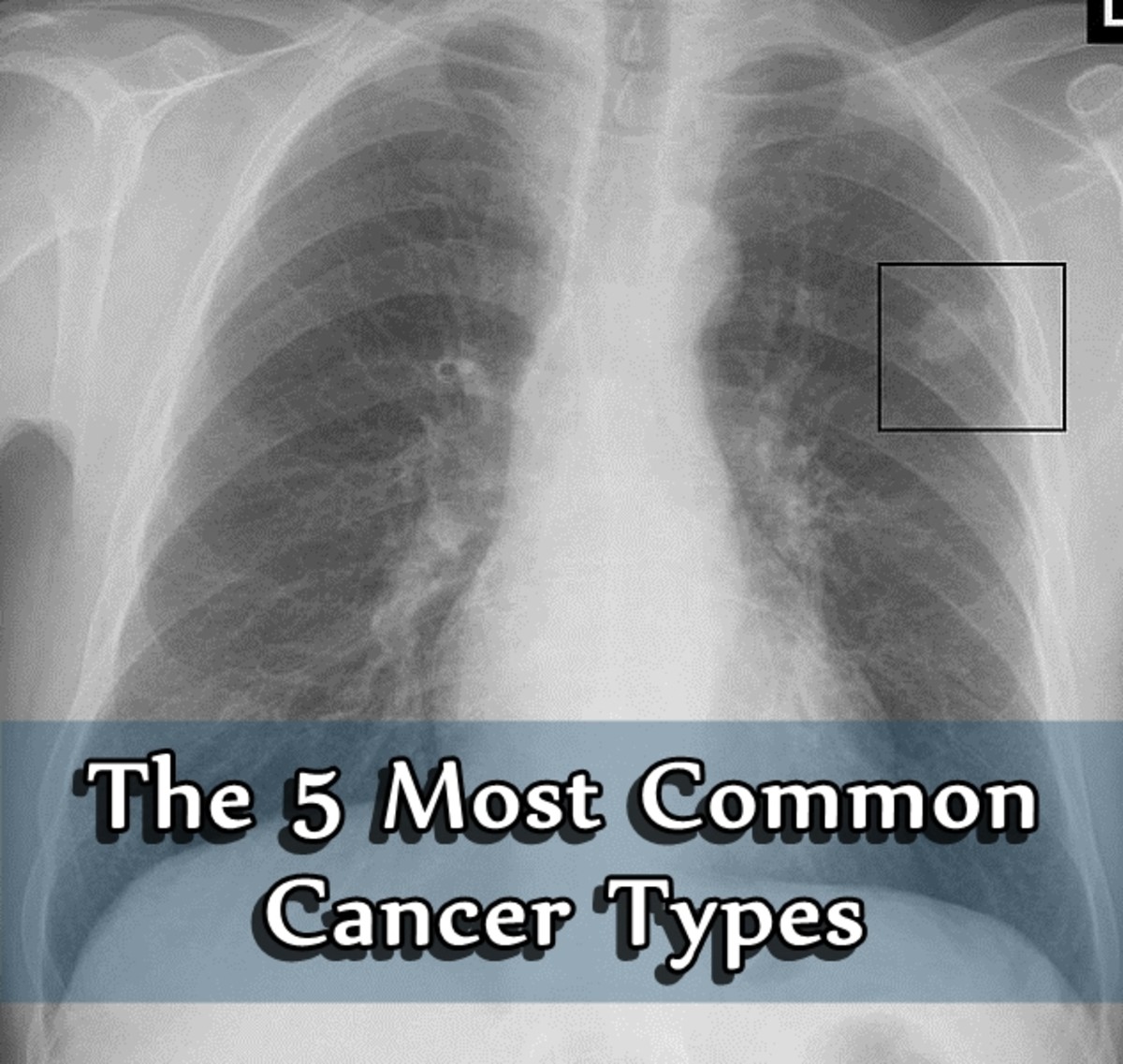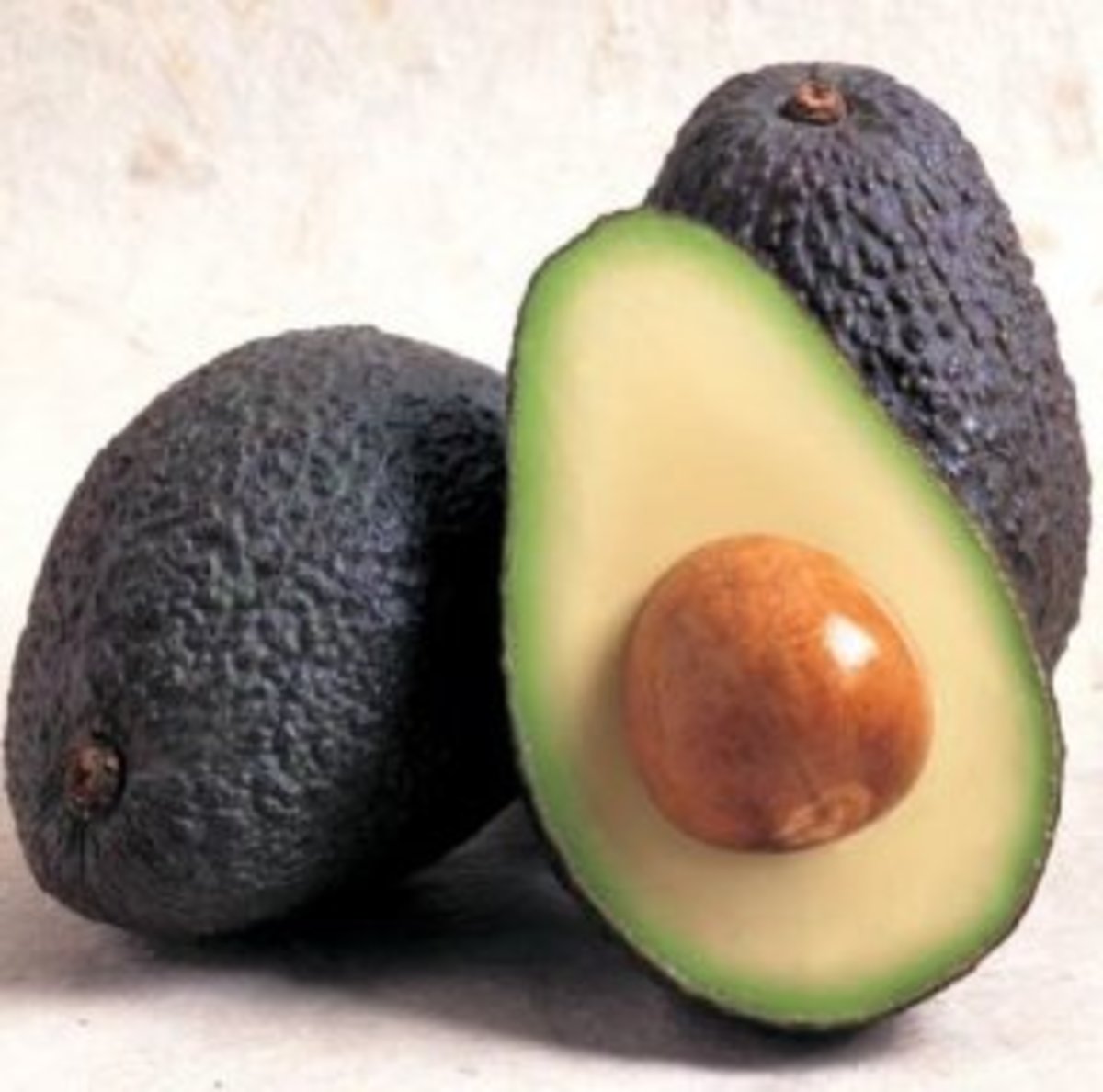Myeloid Leukemias- AML (Acute Non-Lymphocytic Leukemia- ANLL) And Chronic Myeloid Leukemia (CML)
AML Patient

Acute Myeloid Leukemia
Acute myeloid leukemia arises from a common precursor stem cell and it is subdivided into six types- M1 to M6. The treatment and prognosis are basically similar. All age groups are affected though the second and third decades show a higher incidence. Both sexes are equally affected.
Clinical features
The disease presents with progressive anemia, fever and focal or general infections or hemorrhages. Usual sites of infection are the gums, mouth, throat, skin, perianal regions, genitalia and the respiratory tract. In many cases, lymphadenopathy and hepatosplenomegaly may be absent. Atypically, the disease may present with affection of unusual sites.
Examples
- Bilateral or unilateral retro-orbital masses producing exophthalmos.
- Breasts- uniform or localized enlargement occurs in one or both sides.
- Skin nodular or diffuse lesions
- Bones- diffuse osteoporosis or localized tumours affecting the long bones.
Erythroleukemia (Degugliemo’s syndrome)
In this variety, abnormal erythroid precursors proliferate. Erythroleukemia forms 5-7% if all acute non-lymphatic leukemias. It presents as progressive anemia, hepatosplenomegaly, and the presence of numerous erythroblasts in peripheral blood. Marrow shows gross hyperplasia of erythroblasts, many of which have a superficial resemblance to megaloblasts (hence termed megaloblastoid).
Acute promyeolocytic leukemia
Promyelocytes are seen in comparatively higher proportion in this form of leukemia. Though the clinical picture generally resembles that of AML, spontaneous hemorrhages and ecchymoses are common due to disseminated intravascular coagulation and excessive fibrinolysis.
Acute myelomonocytic leukemia
It shows a high proportion of monoblasts and monocytes. Hypertrophy and infection of gums are prominent features.
Bone Marrow Transplantation Procedure
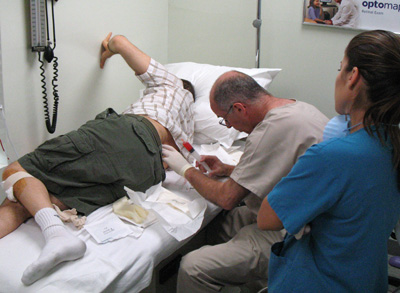
Treatment of AML
Dose
| Route
| Frequency
| |
|---|---|---|---|
Doxorubicin (Adriamycin)
| 30- 50 mg/m2
| Intravenous
| Once in 5 days
|
Cytosine arabinoside
| 100- 300 mg/24 hours
| Oral
| given 8 hourly
|
6-Thioguanine Or 6-Mercaptopurine
| 100 mg/m2 ; 100 mg/m2
| Oral
| daily
|
Induction of remission is achieved by the following combination of drugs.
After a course, the total leucocyte count is watched and courses are repeated at weekly intervals. In 5-6 courses, the patient goes into remission. Neuroprophylaxis is indicated for acute myeloid leukemia also even though the incidence of neuroleukemia is much less compared to acute lymphatic leukemia. Maintenance therapy is continued with the same drugs given for induction administered at intervals of 3-4 weeks for 3 years. Since the results of treatment are not as satisfactory as in the case, acute lymphatic leukemia, newer and more intensive regimens are under trial.
Chronic Myeloid Leukemia
Also known as chronic granulocytic leukemia, this is the most common type of leukemia affecting adults in India. It forms 30% of the total leukemias. It is clinically characterized by gross over-production of granulocytes. The disease is rate (<5%) below the age of 5 years. Maximum incidence is in the age group 40-60 years, both sexes are equally affected. Neutrophils leukemia forms more than 95% of the total, though rarely eosinophils and basophils may be the affected cells.
Etiology
Chronic myeloid leukemia is a neoplastic disorder arising from the malignant transformation of a single hemopoietic stem cell which gains a proliferative advantage over normal stem cells. Over 95% of CML shows a constant chromosomal abnormality in the myeloid, erythroid and megakaryocytic cells. This abnormal chromosome known as the Philadelphia chromosome is formed by the translocation of the long arm of chromosome 22 (Group G) to chromosome 9 (group C). This abnormal chromosome 22 is called Ph’ chromosome. The abnormal stem cell proliferates and inhibits normal marrow cells.
Remission In Leukemia

Final Notes
Also known as chronic granulocytic leukemia, this is the most common type of leukemia affecting adults in India. It forms 30% of the total leukemias. It is clinically characterized by gross over-production of granulocytes. The disease is rate (<5%) below the age of 5 years. Maximum incidence is in the age group 40-60 years, both sexes are equally affected. Neutrophils leukemia forms more than 95% of the total, though rarely eosinophils and basophils may be the affected cells.
Etiology
Chronic myeloid leukemia is a neoplastic disorder arising from the malignant transformation of a single hemopoietic stem cell which gains a proliferative advantage over normal stem cells. Over 95% of CML shows a constant chromosomal abnormality in the myeloid, erythroid and megakaryocytic cells. This abnormal chromosome known as the Philadelphia chromosome is formed by the translocation of the long arm of chromosome 22 (Group G) to chromosome 9 (group C). This abnormal chromosome 22 is called Ph’ chromosome. The abnormal stem cell proliferates and inhibits normal marrow cells.
© 2014 Funom Theophilus Makama


